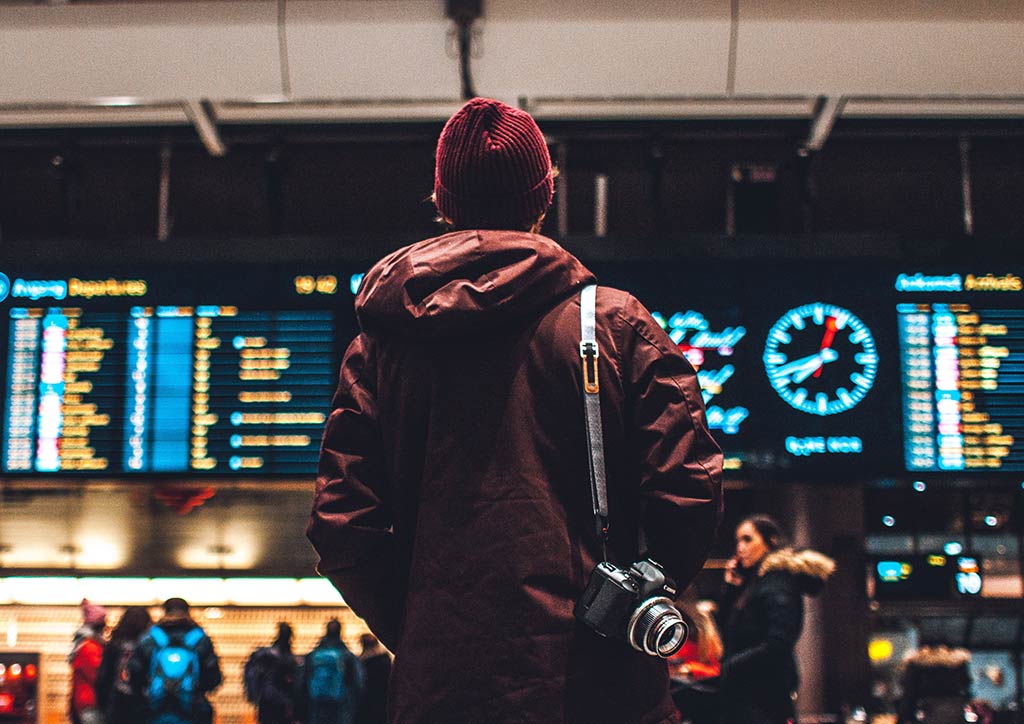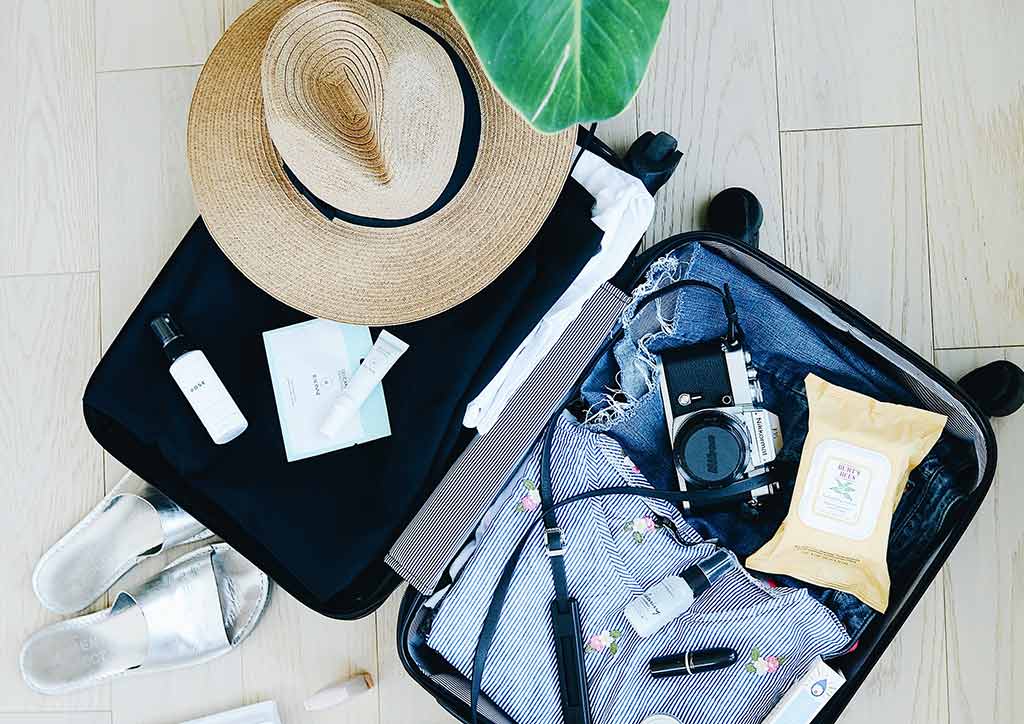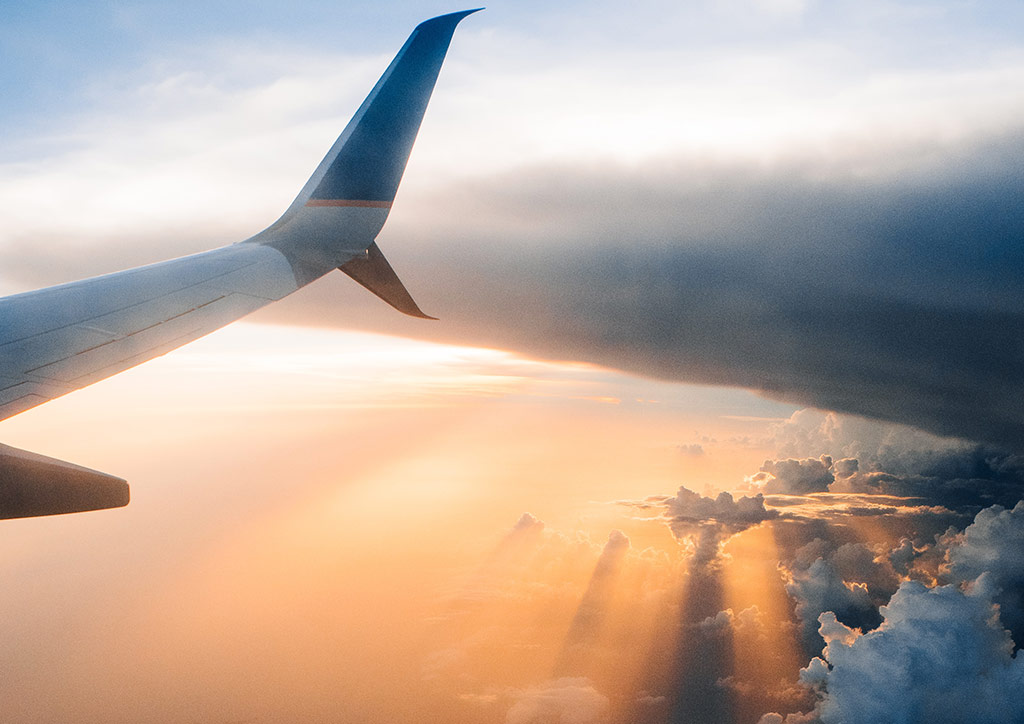Travel bookings and spending continue to go up as borders ease.
New research shows that, for the first time in two years, global leisure and business flight bookings have surpassed pre-pandemic levels.
READ ALSO: These 5 Manila Hotels Were Rated Five Stars On Forbes 2022 Travel Guide
This is according to a study done by the Mastercard Economic Institute, who also revealed that spending on cruise lines, buses, and trains saw sharp improvements in 2022.

Spanning 37 markets across the globe and nine in Asia Pacific, Mastercard’s Travel 2022: Trends and Transitions report delivers critical insights about the global state of travel in a less restricted, post-vaccine chapter of the COVID era.
The report compares the current state of global travel to two key inflection points: the pre-pandemic levels of 2019, and trends from the period when border restrictions began to ease and international travel resumed across most geographies.
Drawing on an analysis of publicly available data, including Google Community Mobility Reports and IATA passenger data, the report dives into key elements of the traveler journey.

These include the tailwinds propelling travel recovery, consumer considerations when making travel-related purchases, and macroeconomic trends such as inflation, hybrid work, healthcare risks, and geopolitical disruptions.
Desire to fly
One key finding says that the reopening of borders places Asia back on the tourist map. According to the report’s analysis, if flight booking trends continue at the current pace, an estimated 430 million more passengers will fly in Asia Pacific compared to last year.
The travel outlook for the region is optimistic, even with markets across North Asia and mainland China are yet to relax border measures.

Pent-up demand, the study shows, is also expected to fuel the travel recovery. Following two years of little to no travel for Asia Pacific in 2022, the loosening of travel restrictions and reopening of borders has sparked a surge in demand for both inbound and outbound travel.
A trend observed in markets across the region is consumers’ release of excess savings on travel. In 2022, borders opened in Australia, resulting in a sudden ability to travel. Flight bookings from Australia to Indonesia, for example, spiked nearly 200 percent in 2022, and flights to the U.S. more than doubled.
For the majority of the year globally, travel spending also swung toward experiences rather than things.

This trend was also witnessed in Asia, where Singapore recorded one of the highest international tourist spending on experiences in destination globally. They had a 60 percent increase in spending from pre-pandemic levels through March 2022.
Other markets across the region, however, revealed a more mixed picture, with low levels of inbound tourism seen in Indonesia and South Korea, whose borders opened in April 2022.
The study also shows that, as expected, the choice of travel destinations are also influenced by mobility restrictions. Since the onset of the pandemic, trends reveal that people have been favoring destinations that are less complex to navigate amidst confusing entry and quarantine requirements, travel restrictions, and testing procedures.

As such, the U.S. remained the most popular choice for Asia Pacific travelers, followed by Australia, Singapore, U.K., and Canada. In the months to come, however, this trend is likely to shift in favor of intra-regional travel as restrictions are relaxed and domestic travel picks up once again.
Prices and pressure
The cost of travel also remains elevated across the region due to supply chain disruption and higher operating costs. Travel deficits triggered by the pandemic have expanded the operating expense burden for airlines and the broader transportation industry.
This leads to higher fares for travelers in Asia Pacific compared to their global counterparts. The average airfares in Asia Pacific remain elevated; roughly 11 percent and 27 percent above 2019 levels in Australia and Singapore respectively. Supply-side constraints include air transportation employment, which continues to remain below pre-pandemic levels across the region.
Domestic spending, the study says, picks up momentum across hard-hit transportation industries. With people increasingly relying on domestic modes of transportation for mobility during the pandemic, spending on auto rentals and tolls consistently exceeded 2019 levels throughout the past two years.
Domestic ground travel has seen a robust demand in many Asia Pacific markets where road trips have retained their appeal. Fuel spending has steadily increased in Singapore, Hong Kong, The Philippines, and Australia. Public transportation and cruise lines have also firmly stepped back onto the road to recovery, after an initial slow start due to restrictions surrounding group travel.
“Despite a delayed recovery, and numerous risks such as inflation impacting discretionary spending, travelers in Asia Pacific have demonstrated a strong desire to return to travel,” says David Mann, chief economist, Asia Pacific and Middle East Africa of the Mastercard Economics Institute.

Mann emphasizes that this year proves to be significant for the Asia Pacific travel industry. “As border restrictions relax we have witnessed an accelerated return to travel that indicates cause for optimism, with the region poised to swiftly catch up with the rest of the world,” he says.
You can view the full Travel 2022: Trends and Transitions report here.
Banner: Photo by Mantas Hesthaven on Unsplash






